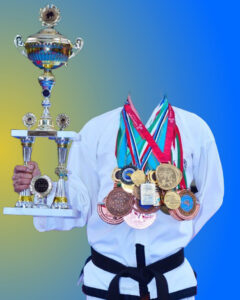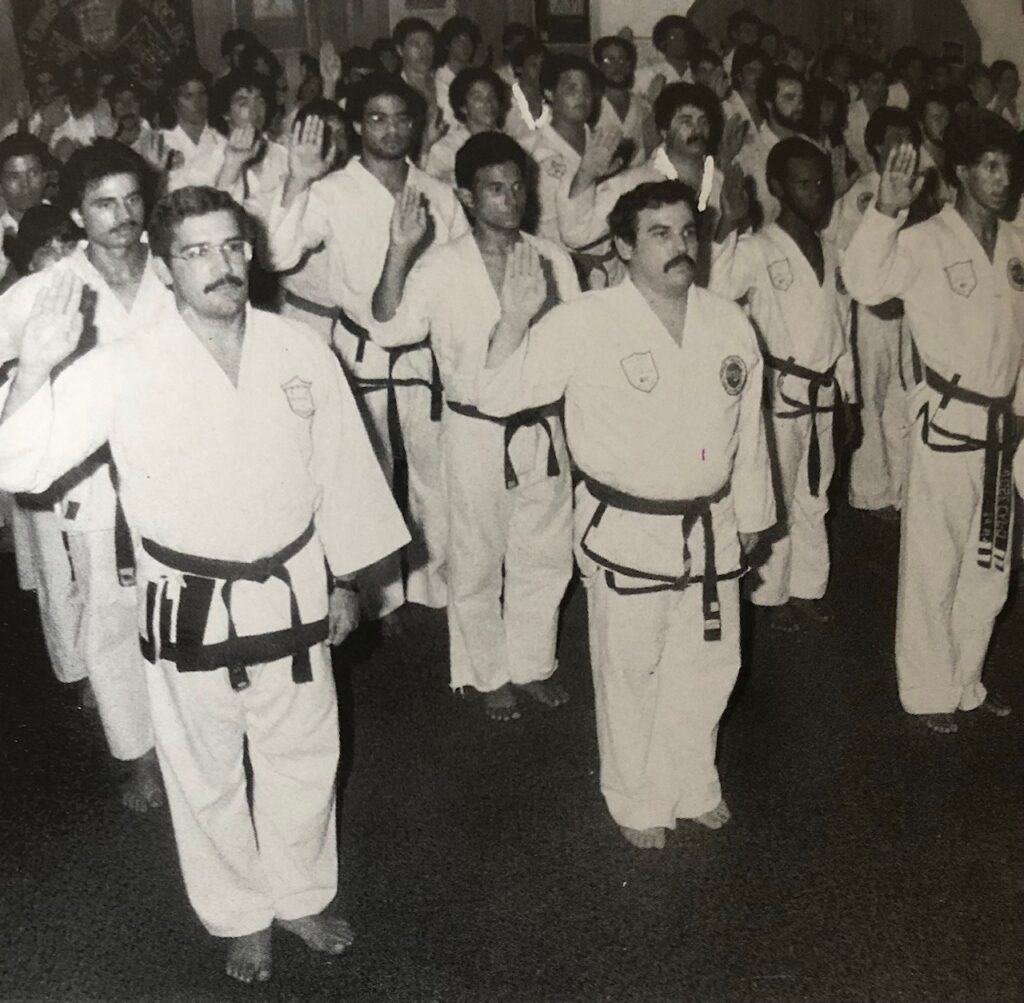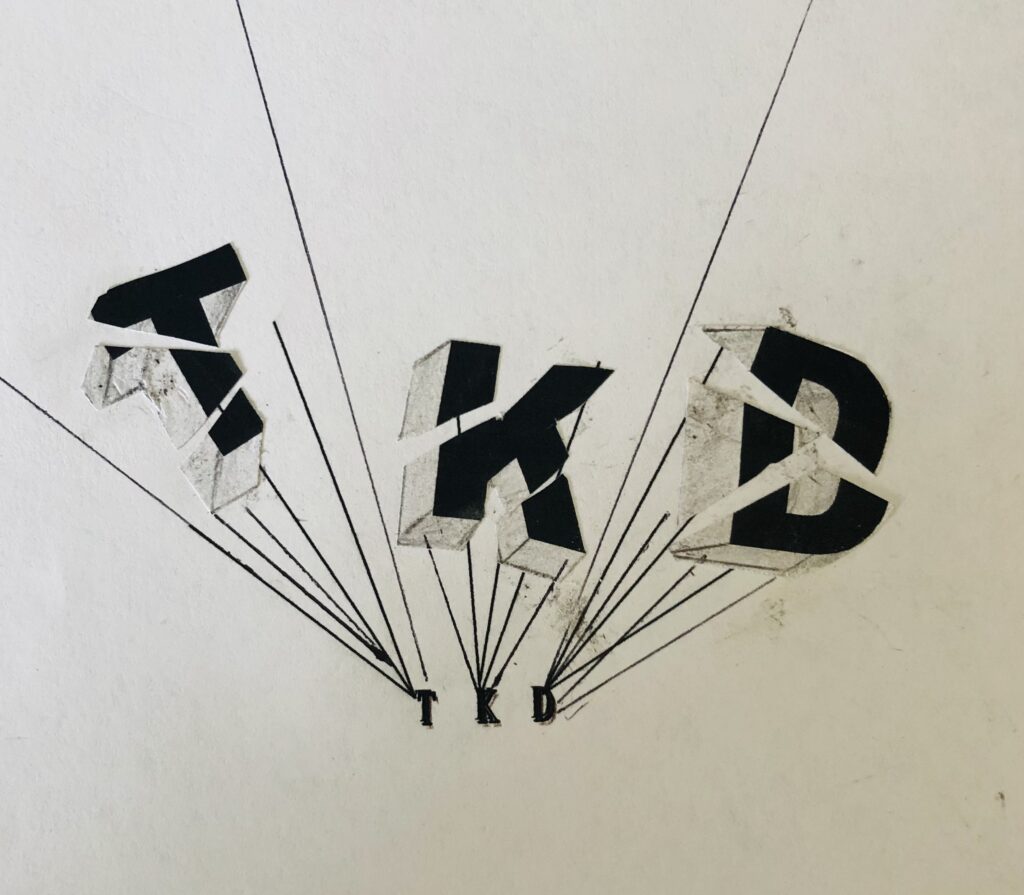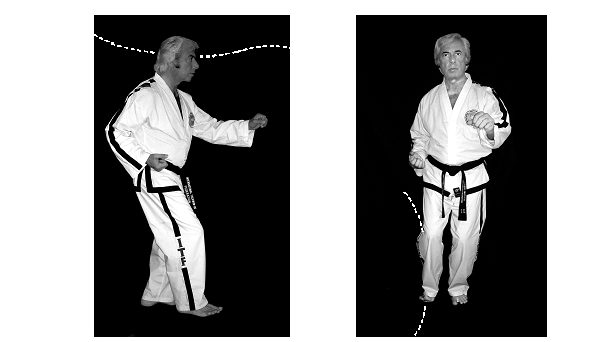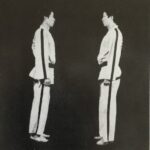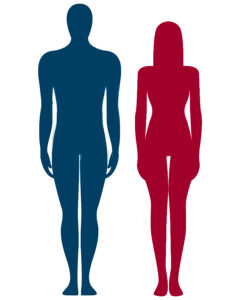
It is very challenging to assimilate the current trend in the development of Taekwon-Do, especially if one has been involved in the art from its very beginnings in the West. The problem is that this discipline was conceived as a martial art with a sports aspect, but now we are moving in the opposite direction.
It has become so important to win a medal or a trophy that hardly anyone pays attention to the fact that the martial feature of the art is diminishing. Beyond the technical differences between organizations, many world champions in patterns (Tul) have a high level of expertise in that particular area of competition, but their performance in combat or power breaking is often unknown.
The same thing happens with many world champions in sparring. Their skills are excellent in that specific area of competition, but it’s usually very difficult to find any of them excelling in other aspects of the sport.
For those who think that Taekwon-Do is about fighting, it is essential to remind them that Taekwon-Do is not about fighting; it is a martial art for self-defense. You may have to fight to defend yourself, but there is a vast difference between fighting for a medal and fighting for survival.
The combat system in the sports arena involves defeating a single opponent without causing serious harm within a limited area, with limited tools, in a set time, following rules, with various protective gears, and under the supervision of a referee. It’s obvious that such circumstances do not exist in self-defense. In the sport arena, you will never have to deal with a hold, fight on the ground, or be attacked by two or more opponents. Then why train more than six or seven techniques that are the average you’ll need to fight in the sport area. But what happen with the other 3.200 techniques of the art?
And for those who only train in patterns to become a champion in that small segment of the art without testing their skills in a real confrontation, have you ever trained how to release a hold? Have you ever trained your hands for material breaking, or do you only attempt it when it’s time to be examined?
Did you know that to be successful in a confrontation against multiple opponents, you need to train that aspect with the same dedication and repetition as when preparing for a tournament against a single adversary?
In summary, you need to understand that Taekwon-Do is a martial art composed of various areas that require training with the same dedication you put into your preferred aspect. Taekwon-Do is not fighting, it is not patterns, it is not only breaking materials, it is not just theory and it is not reciting its philosophy, Taekwon-Do is all of these together.
Many times, black belts are tested by a board that asks them to escape holds or break materials they have never trained for; in other words, they are expected to demonstrate what they should know to honor their rank. The question is: are they trained to meet this demand, or do they do the best they can with evident lack of adequate preparation?
I believe that the current instruction is focused solely on competition, then, the other items will be out of training, pushing the candidates to be promoted doing what they can.
To be honest, the required response for a black belt to honor their rank is to be proficient in all aspects, not just one. A black belt should be an average. After to master such knowledge, if the person wants to be a competitor is his or her choice but not in the contrary. To achieve this, it is necessary to change the current training and mindset regimen.
SGM Ricardo Desimone
To be aware read again the previous notes
